Urban planning is changing fast. As cities grow, they need smarter systems to manage resources, data, and infrastructure. That’s where blockchain comes in. With its secure, transparent, and decentralized nature, blockchain offers a fresh way to build and run modern cities. This concept is shaping what we now call smart city blockchain.
In this blog, we’ll explore how blockchain supports urban development. We’ll look at how tokenized infrastructure works, how urban planning crypto tools function, and why blockchain for city management is more than just a trend.
What Is a Smart City?
A smart city uses technology to improve urban life. That includes better transport, energy use, healthcare, and public services. Smart cities rely on data and digital systems to respond in real time. But handling all that data raises serious concerns about privacy, cost, and trust. That’s where blockchain helps.
How Blockchain Fits In
Blockchain is a digital ledger that records data across a network. Once added, the data can’t be changed. This makes it perfect for city systems that need transparency and trust. Using smart city blockchain technology, cities can manage data securely, automate contracts, and cut down on fraud.
Here are some benefits of blockchain in urban planning:
Benefit | Explanation |
Transparency | Everyone can see what happens on the chain. |
Data is protected with strong encryption. | |
Decentralization | No single point of control or failure. |
Automation | Smart contracts carry out actions without needing a middleman. |
Real-Time Updates | Systems stay updated with accurate and verified data. |
Tokenized Infrastructure: A New Model
Tokenized infrastructure means turning physical assets into digital tokens on the blockchain. These tokens represent a share or right in a real-world asset like roads, bridges, or power grids. Once tokenized, these assets can be traded or shared.
This model can help with funding public works. Instead of relying only on taxes, cities can raise funds by offering tokens to investors. Citizens can also own a part of their city’s infrastructure.
Examples of tokenized infrastructure include:
- A token that represents a share of a solar power plant.
- Digital tokens used to fund smart traffic lights.
- Blockchain tokens linked to public transit networks.
This idea connects people directly to the development process and makes them stakeholders in their city.
Urban Planning with Crypto Tools
Urban planning crypto tools are blockchain-based platforms that help planners, officials, and citizens make better decisions. These tools can collect data, track progress, and even allow public input through blockchain voting.
Let’s take an example: Suppose a city wants to build a park. With blockchain tools:
- A proposal is uploaded and time-stamped on the blockchain.
- Citizens vote using digital tokens.
- The project moves forward if it gets enough support.
- Smart contracts manage the funds and construction steps.
- Every update is tracked and visible to the public.
This method reduces bureaucracy and keeps all parties accountable.
Blockchain for City Management
Managing a city is no easy job. From waste collection to public safety, there are hundreds of moving parts. Blockchain for city management helps tie it all together.
Use cases include:
- Land ownership: Blockchain can hold land records, preventing disputes and fraud.
- Utility billing: Residents can pay water, power, and gas bills through smart contracts.
- Public safety: Law enforcement can store body cam footage or incident reports on-chain.
Cities like Dubai and Singapore are already testing blockchain for several services. They use it to reduce corruption, improve efficiency, and increase trust in government systems.
Challenges to Watch
While blockchain has clear benefits, there are also challenges.
- Tech adoption: Cities must upgrade old systems.
- Regulations: Legal clarity is needed for smart contracts and token sales.
- Privacy: Public blockchains must protect sensitive data.
- Digital divide: Not all residents have equal access to tech.
Solving these problems will take time, but many cities are moving in that direction.
Blockchain is reshaping how cities are built and run. By using smart city blockchain systems and tokenized infrastructure, urban areas can become more efficient and fair. Urban planning crypto tools allow people to be more involved, and blockchain for city management ensures transparency and trust.
As more cities adopt this model, blockchain will play a bigger role in everyday urban life. It’s not just about tech—it’s about building better cities for everyone.
Remember, investing in cryptocurrencies involves risks, and it’s important to conduct thorough research and seek professional advice before making any financial decisions. (Please keep in mind that this post is solely for informative purposes and should not be construed as financial or investment advice.)

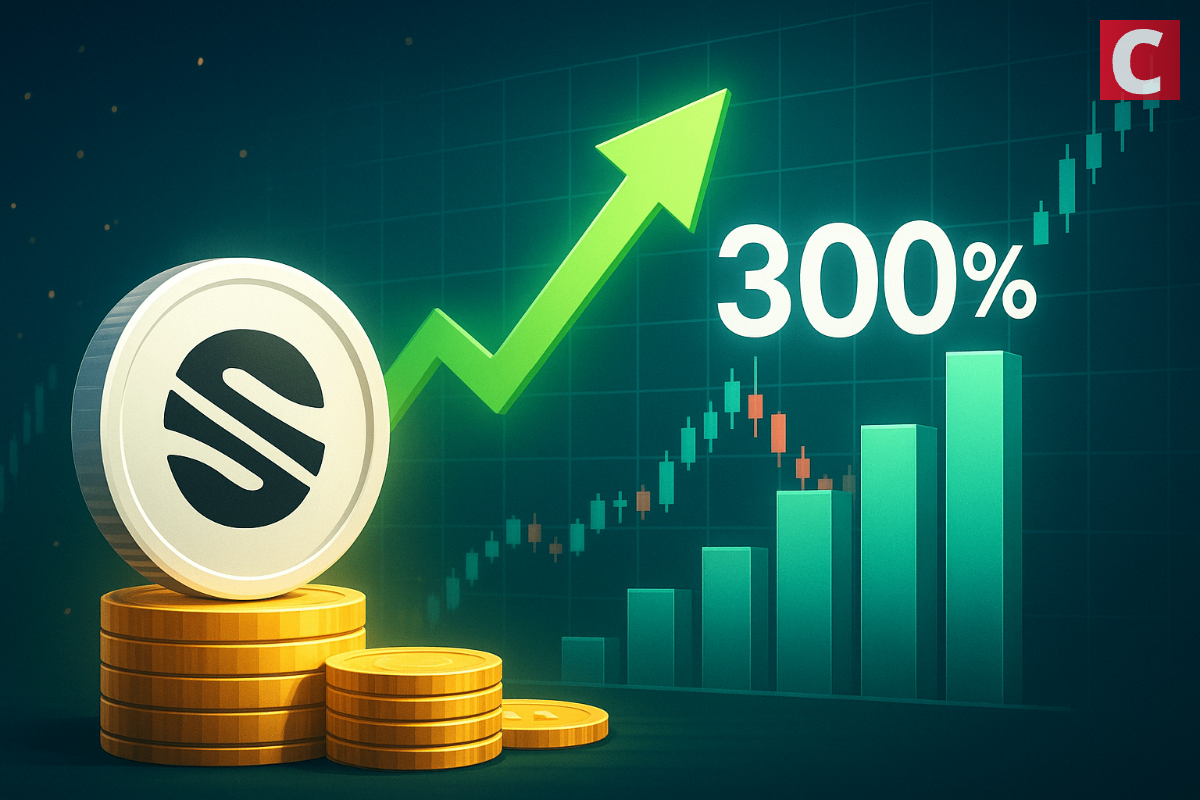


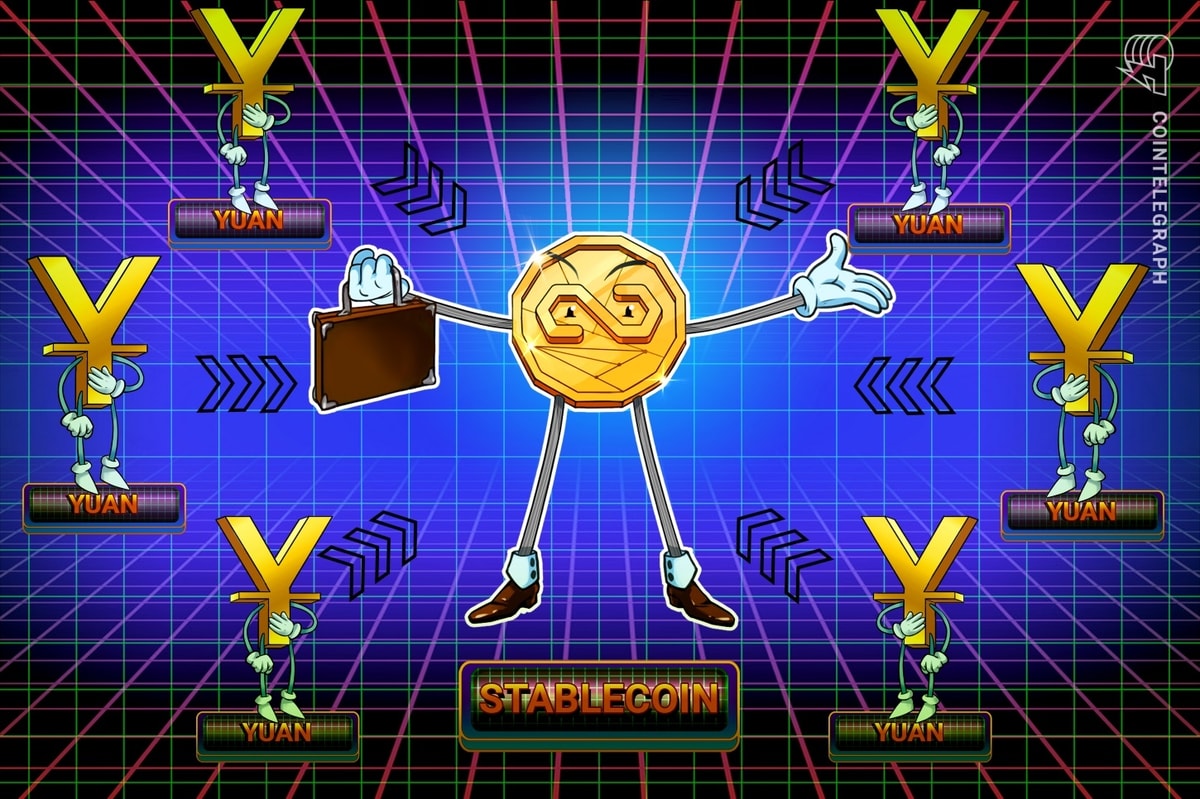






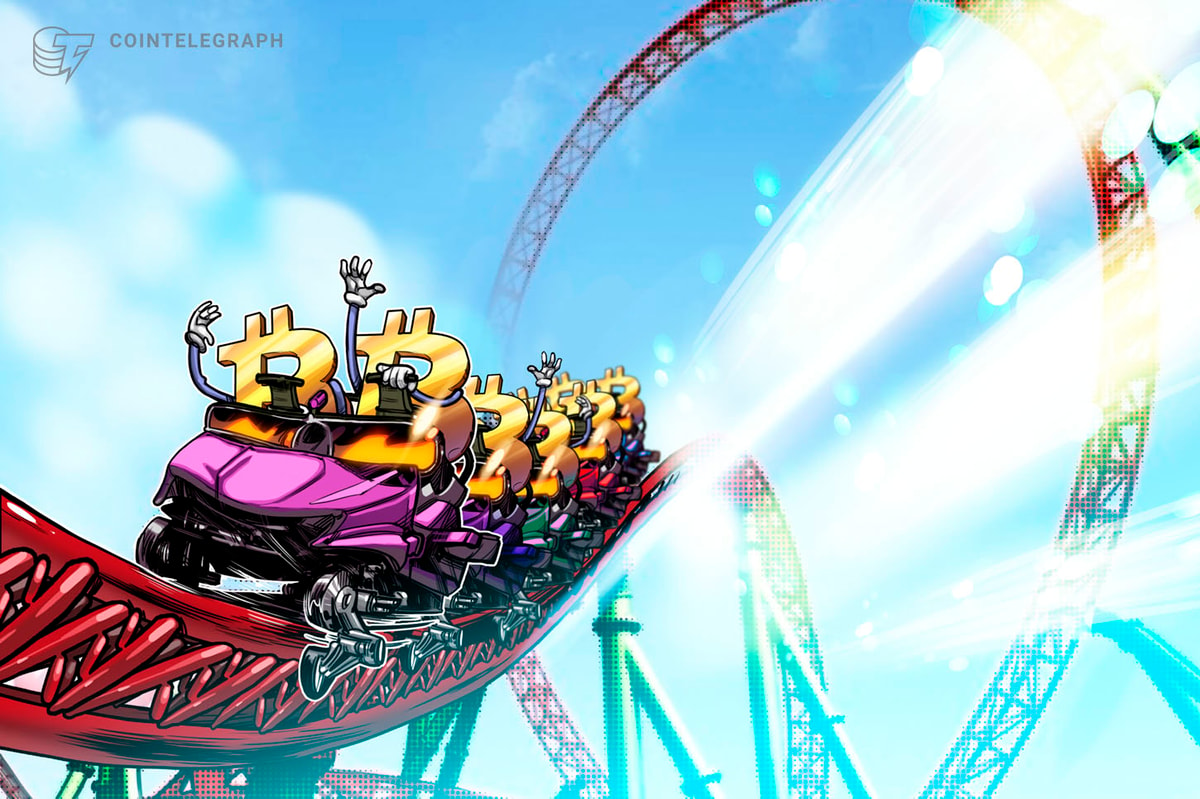


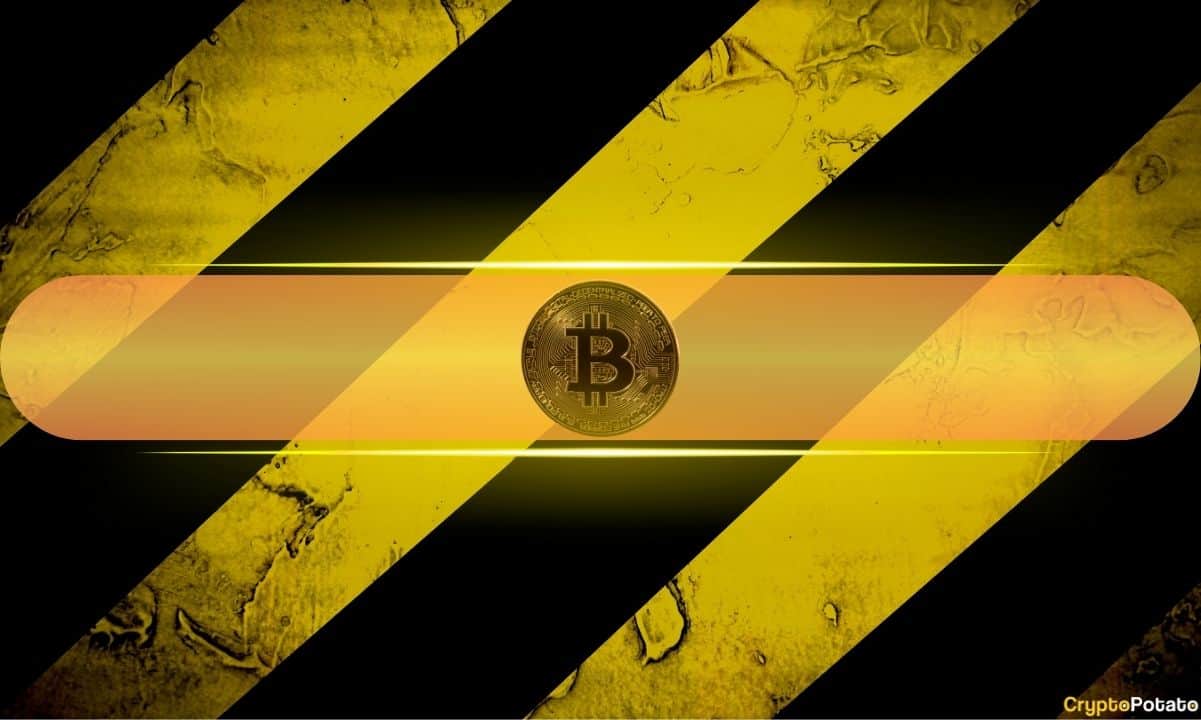

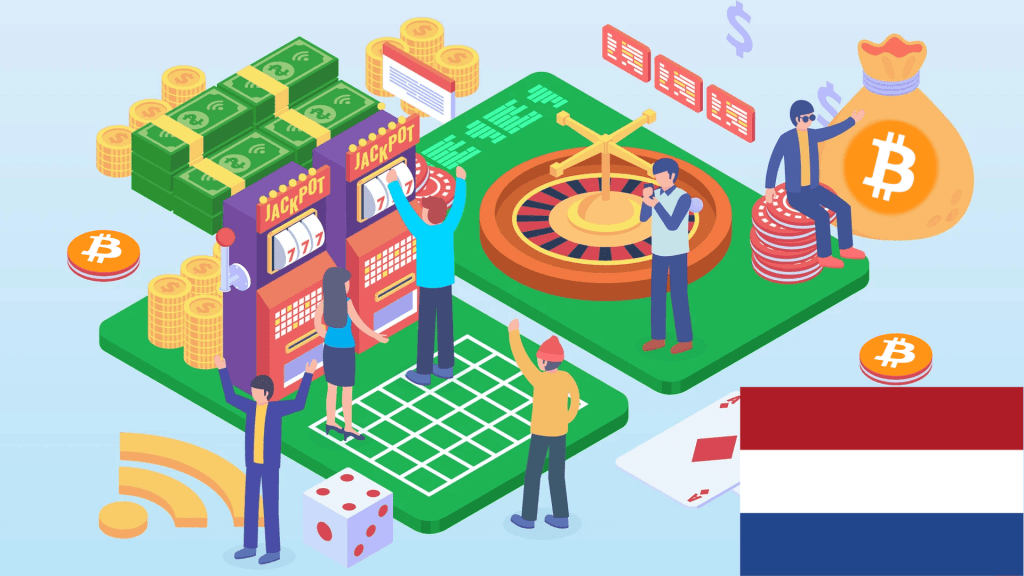
 English (US) ·
English (US) ·